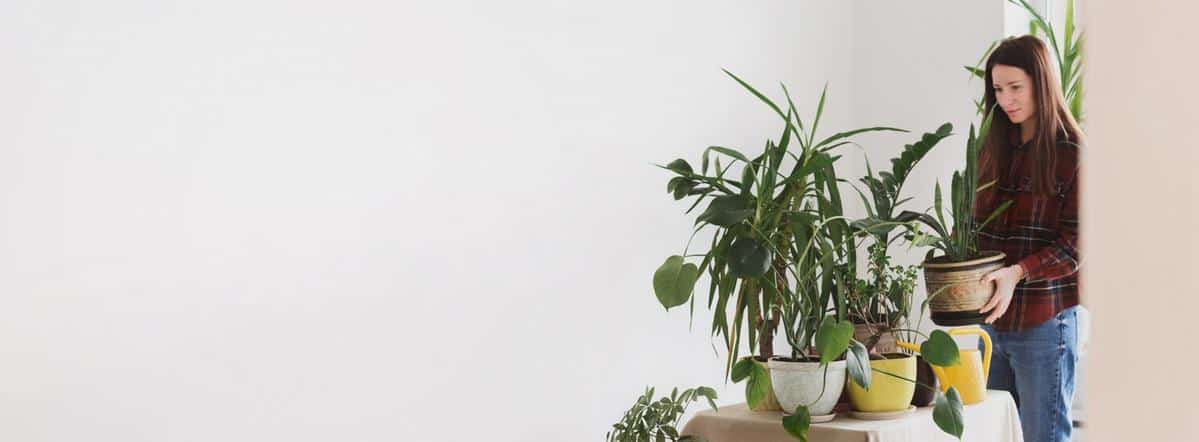
The Rise of Minimalism in Home Decor
Minimalism in home decor has taken the design world by storm, offering a fresh perspective on how we perceive and organize our living spaces. This trend, characterized by simplicity and functionality, resonates with a growing number of people seeking clarity and calm in their homes.
As we delve deeper into the trend of minimalism, it’s essential to understand its core principles. Minimalism is about stripping down to the essentials, focusing on functionality, and creating spaces that are both aesthetically pleasing and practical. This design philosophy emphasizes quality over quantity, encouraging homeowners to invest in fewer, but more meaningful, pieces.
The Essence of Minimalism
According to interior designer Marie Kondo, “Minimalism is not about having less, it’s about making room for more of what matters.” This perspective underscores the importance of intentional living, where each item in the home is chosen for its purpose and contribution to the overall aesthetic.
Statistics and Research
Research from the Journal of Environmental Psychology suggests that clutter can negatively impact mental well-being. By embracing minimalism, individuals can reduce stress and increase productivity. A survey by Houzz found that 82% of homeowners who adopted minimalism reported feeling more relaxed in their spaces.
Personal Anecdotes
Consider the story of Lisa, a busy professional who transitioned her living room to a minimalist style. By removing unnecessary furniture and focusing on neutral tones, Lisa found her space more inviting and conducive to unwinding after work.
Actionable Tips for Embracing Minimalism
- Start with decluttering: Remove items you no longer use or love.
- Choose a neutral color palette to create a calming atmosphere.
- Invest in multifunctional furniture to maximize space.
- Incorporate natural materials for a touch of warmth.
Comparison: Minimalism vs. Other Styles
| Aspect | Minimalism | Traditional | Bohemian |
|---|---|---|---|
| Color Palette | Neutral | Rich, warm colors | Eclectic mix |
| Furniture | Simple, functional | Ornate, detailed | Varied, vintage |
| Materials | Natural, sustainable | Wood, textiles | Mixed, diverse |
| Decor | Sparse | Layered | Abundant |
| Focus | Functionality | Elegance | Creativity |
| Space | Open, airy | Cozy, intimate | Casual, inviting |
| Impact on Mood | Calming | Comforting | Stimulating |
| Maintenance | Low | Moderate | High |
FAQs about Minimalism
What is the main goal of minimalism?
The primary aim of minimalism is to focus on the essentials, creating a space that is both functional and aesthetically pleasing while reducing clutter.
How can I start incorporating minimalism into my home?
Begin by decluttering and removing items that do not serve a purpose or bring joy. Opt for a neutral color palette and invest in multifunctional furniture pieces.
Is minimalism suitable for all types of homes?
Yes, minimalism can be adapted to any home size or style. It’s about making thoughtful choices that enhance the space you have.
Embracing minimalism in home decor can lead to a more organized, peaceful life. By focusing on what truly matters, you can create a space that reflects your values and supports your lifestyle. Whether you’re starting with a single room or transforming your entire home, the journey towards minimalism offers countless opportunities for personal growth and renewal. Explore more on minimalism and other interior design trends at Architectural Digest and Houzz to inspire your decor journey.


